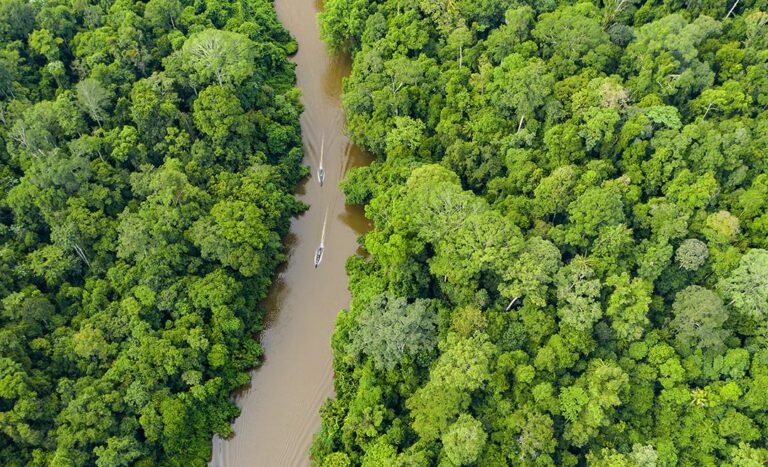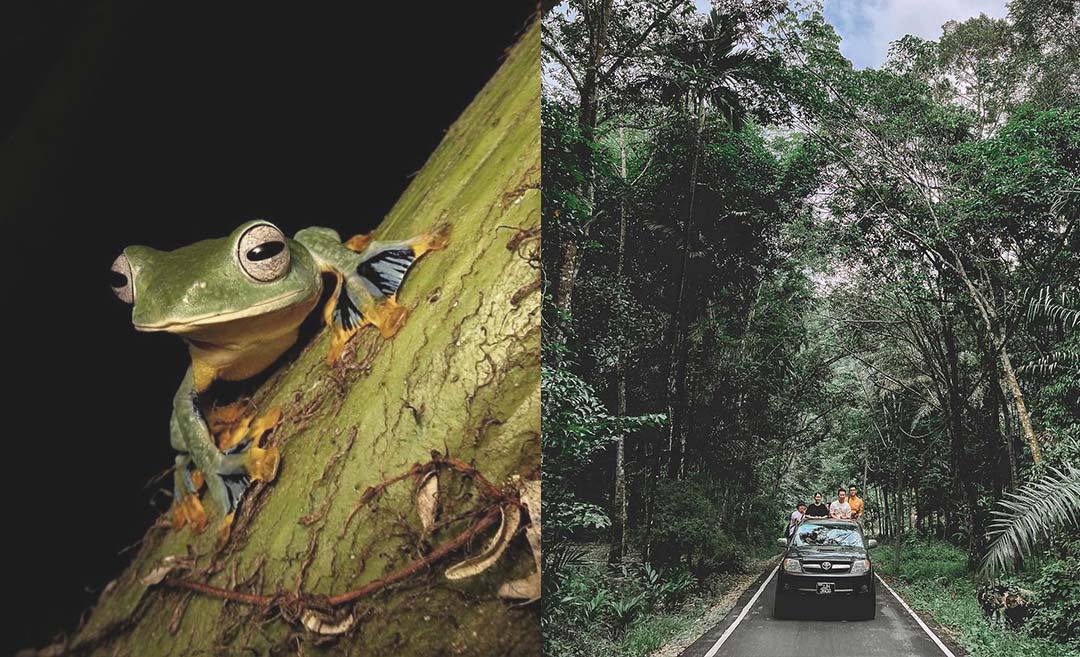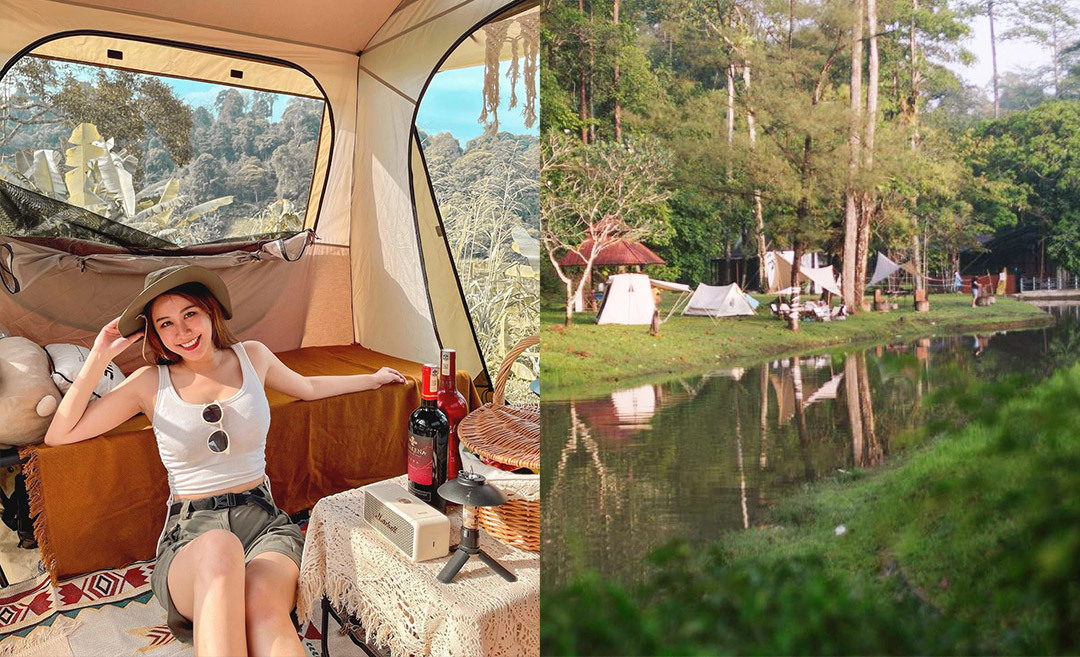For many travellers, Malaysia is best known for its vast tracts of tropical rainforest. No doubt, most students of geography were introduced to these rainforests sometime during their education. Travellers to Malaysia can revisit these high school lessons with a journey into one of the country’s amazing rainforests.
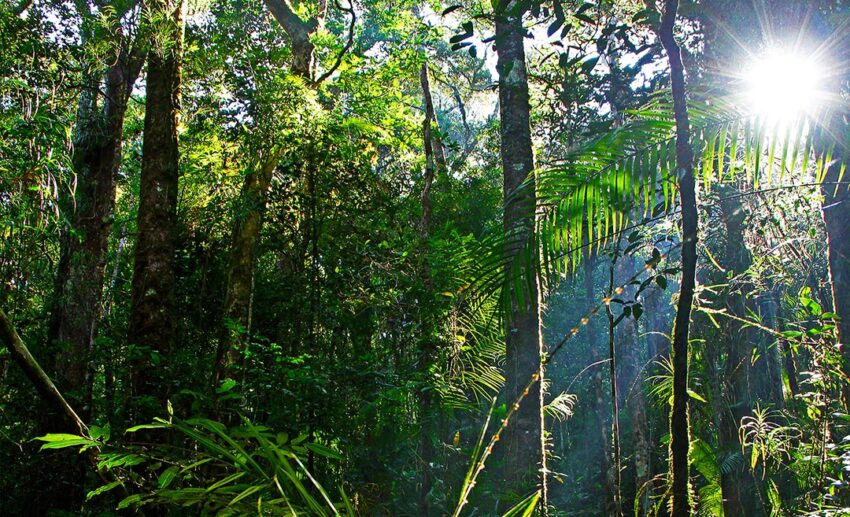
Being keenly interested in both geography and Asian travel, I was almost predestined to venture to Taman Negara, Malaysia’s largest expanse of rainforest.
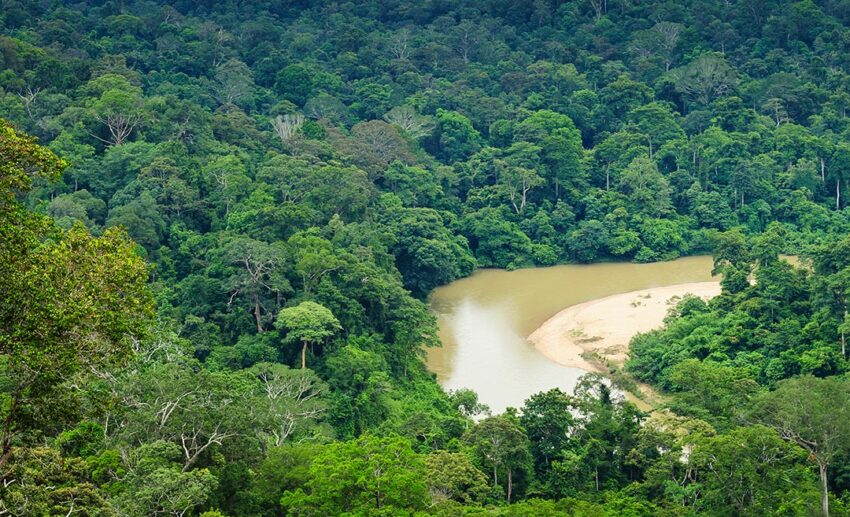
In 1925, this vast rainforest was gazetted as a wildlife reserve to protect the game animals living there. It became a national park in 1939 and was initially named King George V Park before being renamed Taman Negara. As Malaysia’s largest protected forest at 4,343 km2, it takes in the headwaters of the Terengganu, Relai-Aring-Lebir, and Tembeling River systems. The latter joins the Tahan River at Kuala Tahan, where the park headquarters and most facilities are located.
Getting there: Arriving by boat
Within minutes of my boat journey along the Pahang River, from Kuala Tembeling heading towards Taman Negara, I knew this wasn’t going to be a typical holiday. Taman Negara (or National Park) is one of Peninsular Malaysia’s most isolated tourist destinations.
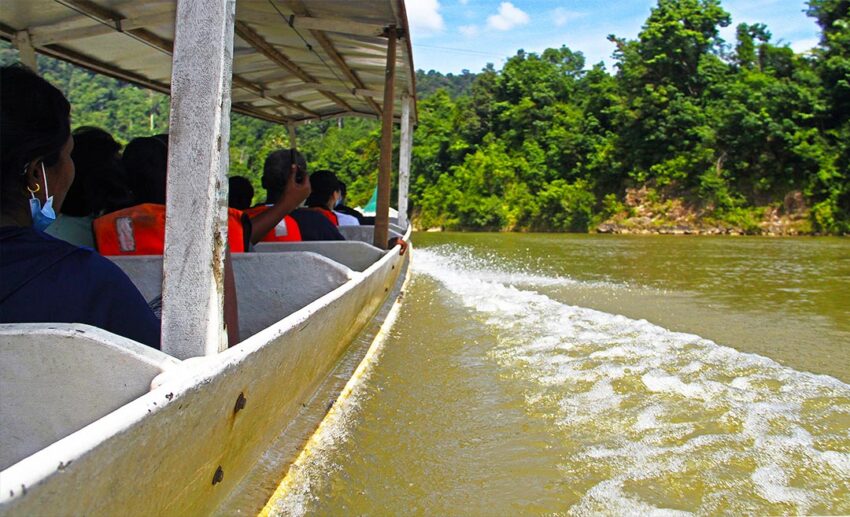
The boat journey to the Park Headquarters is, for some, as exciting as being immersed in the magical rainforest. Be prepared, though, as the trip could take over an hour, depending on the volume of water flowing in the river.
A 130-million-year-old rainforest
While located in a relatively isolated part of Malaysia, the park is still possibly one of the most accessible yet mostly untouched rainforests in the world. Taman Negara is regarded as one of the world’s oldest rainforests, known for its species-rich flora. Much of the park has remained as it has for over 130 million years.
The forest type varies with location and altitude, but it’s mostly classified as lowland dipterocarp (dipterocarp means ’two wings’ and refers to features of the seed). This is the forest most visitors will see in the park as they experience its colourful flowers, different layers, rich speciation, and ongoing cycle of growth and decay.
Montane forests flourish in the park’s high elevations, such as on Gunung Tahan at an altitude of 2,187 m—the highest peak in West Malaysia. A nine-day return walk to the Mount Tahan summit is one of the challenges awaiting keen jungle trekkers.
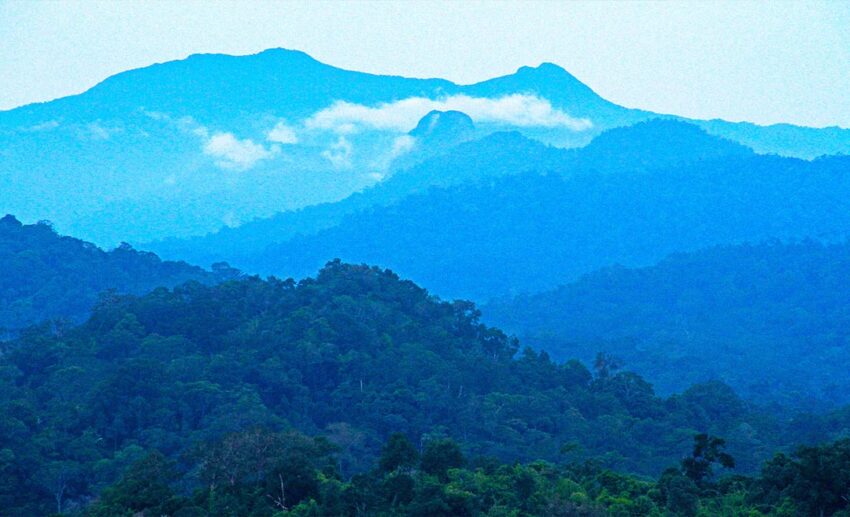
As the park extends over the Pahang, Kelantan, and Terengganu states, there are several points of access. However, the most-visited part is Kuala Tahan in Pahang, while Kuala Koh in Kelantan and Lake Kenyir in Terengganu offer mostly wilderness experiences to those who know what they are doing or who use the services of experienced guides.
What you’ll see: Experiencing its flora and fauna
The park has an impressive list of things to see and activities to experience. The list of flora and fauna in Malaysia is quite impressive, with an estimated 10,000 flowering plants, 150,000 insects, 25,000 invertebrates, 675 birds, 270 reptiles, 250 freshwater fish, and 200 mammals. Many of these are known to flourish in Taman Negara.
However, visitors need to appreciate that the park is large, and the wildlife is timid and well-protected by camouflage. One of the main functions of national parks is to provide an undisturbed habitat for plants and animals, and if visitors are lucky enough to see some animals, they should consider it a bonus.
Visitors can take comfort in knowing that the park is a valuable habitat for wildlife such as the Asian Elephant, Sun Bear, leopards, cats, otters, gibbons, reptiles, and birds. Animals such as deer, squirrels, wild boars, and monkeys are not perturbed by people and are occasionally seen foraging around chalets located at the edge of the forest.
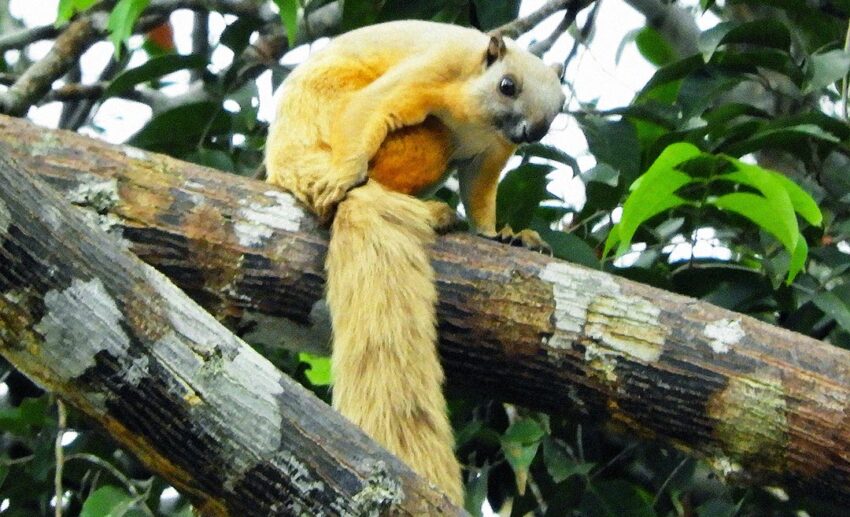
It’s best to go to the park with the expectation that animals will be difficult to see. Visitors can improve their chances by using binoculars and spending some time in one of several hides located in the park.
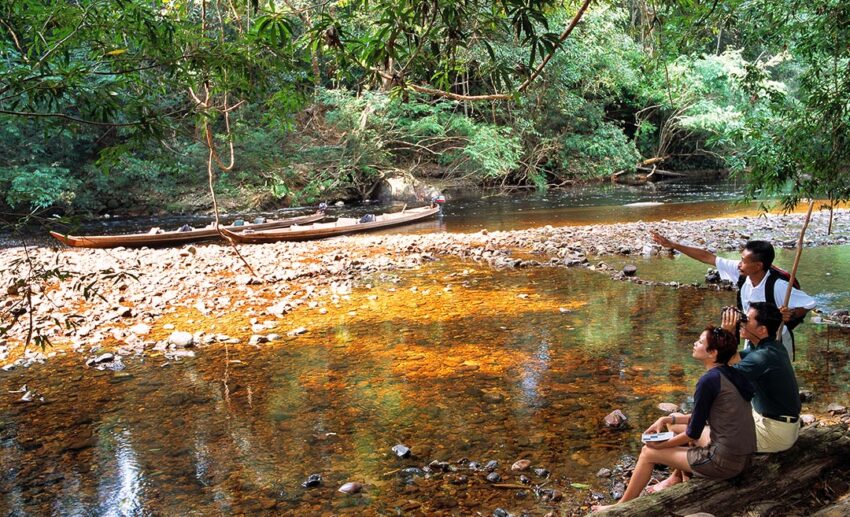
Visitors can walk along one of several well-formed trails through the understorey to appreciate the complexities of the plant life – mosses, epiphytes, orchids, ferns, palms, shrubs, emergent trees, twisting lianas, and vines. While the emergent trees are some of the world’s tallest, the micro-world can be just as exhilarating.
What you can do: Adventure in the understory
Adventurous activities in the park include caving, fishing, shooting rapids, floating down rivers, night walks, birdwatching, exploring the forest canopy on a suspended walkway, and trekking. Visitors can access various sites in the park either on foot or via boat.
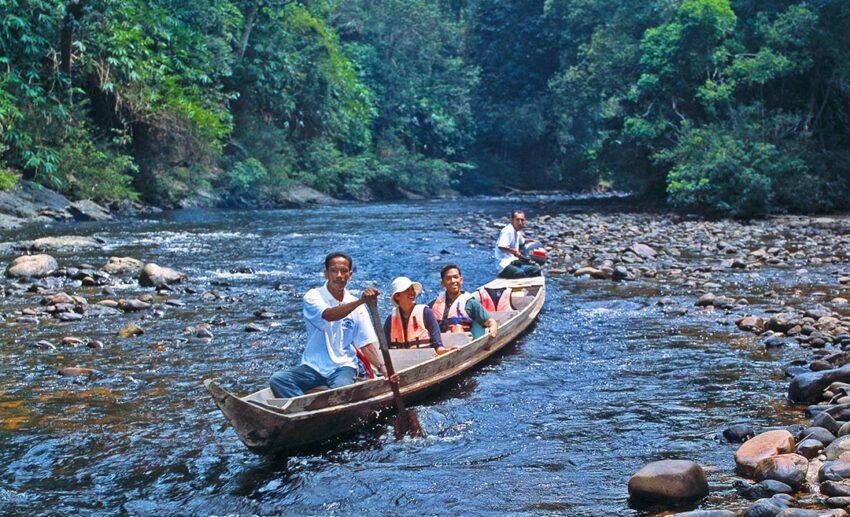
One of the essential activities is to walk along one of the world’s longest suspended canopy walks. This 450-metre-long suspension walk is positioned 40 m above the forest floor. The view is quite spectacular, and if you’re lucky enough, you will see animals like squirrels or shrews scurrying through the forest.
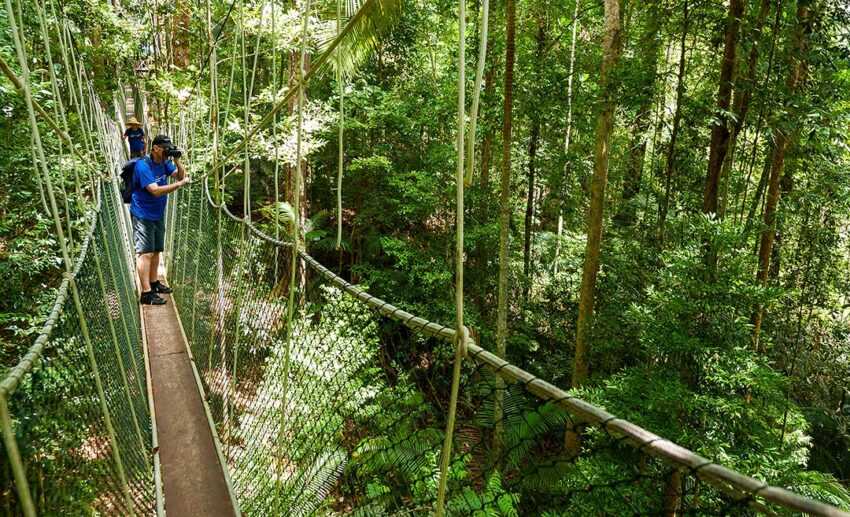
Staying in the rainforest
There is a range of accommodations available, from wilderness hides to comfortable resort-style facilities adjacent to the park. Many visitors choose to stay at Kuala Tahan or a nearby riverside village.
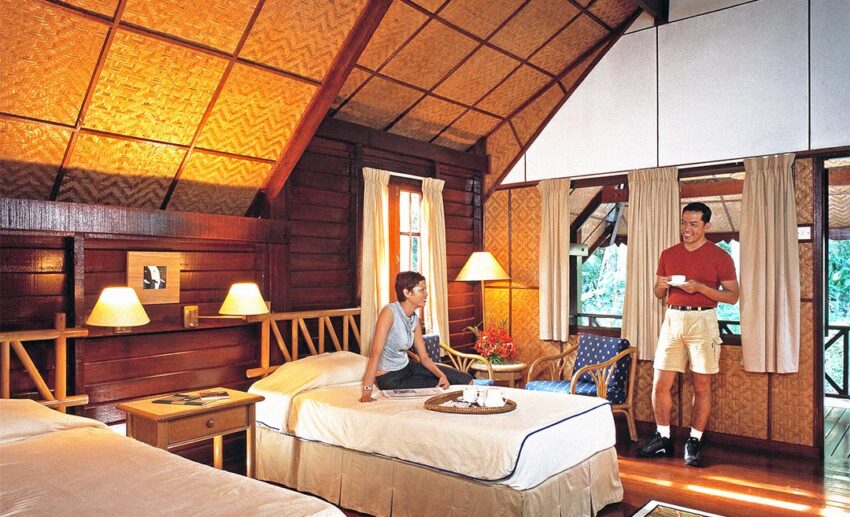
The facilities at the 87-room Mutiara Taman Negara Resort, perched above the junction of the Tembeling and Tahan Rivers, are good considering the isolated location. There is a range of chalet and bungalow accommodations, most of which are constructed of timber so that they blend into the rainforest.
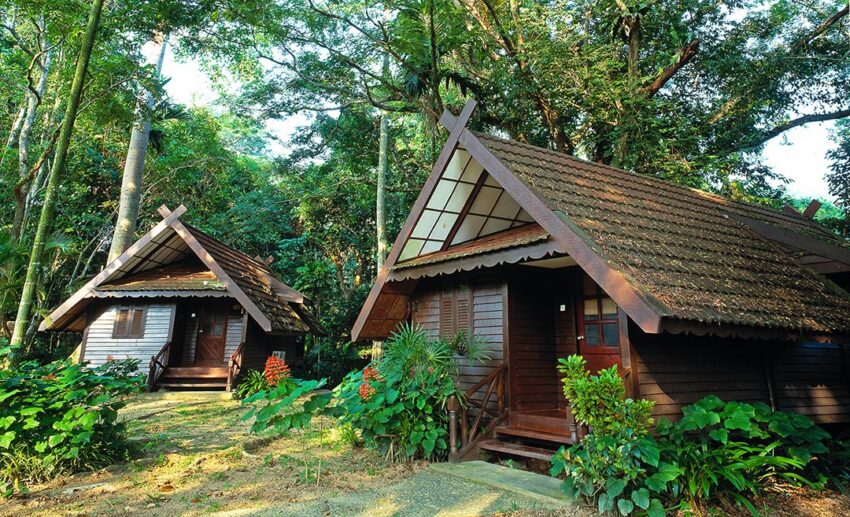
While the meals at the Mutiara Taman Negara Resort don’t allude to Michelin-star status, the range of hearty local and international fare is extensive. Speciality fish dishes include ikan patin and ikan kelah, freshly caught fish from within the park.
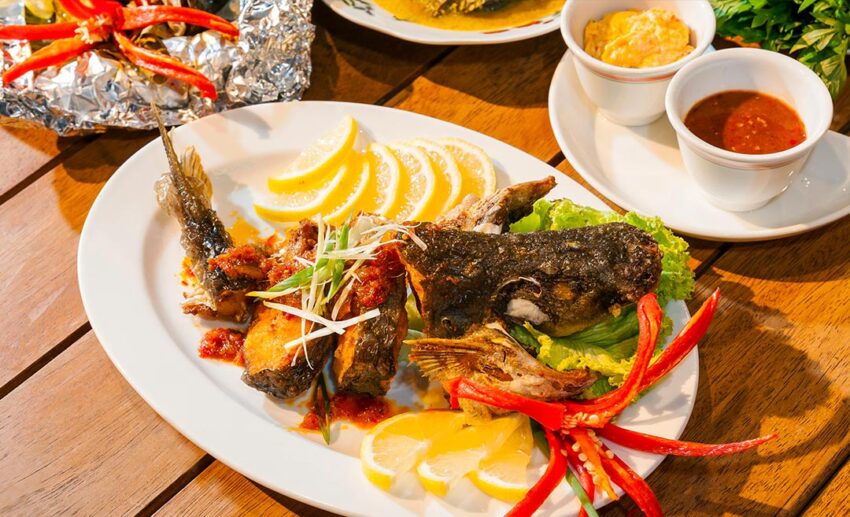
Taman Negara is also home to its original inhabitants, the Batek Orang Asli. Some still lead a traditional, semi-nomadic lifestyle of fishing and hunting. They’re the only ones allowed to hunt and forage in the park. Some communities welcome visitors to see how they live and admire their forest survival skills, such as hunting forest animals using poisonous darts and a blowpipe. The Orang Asli also fish, grow crops, forage for forest products, and regularly relocate their settlements.
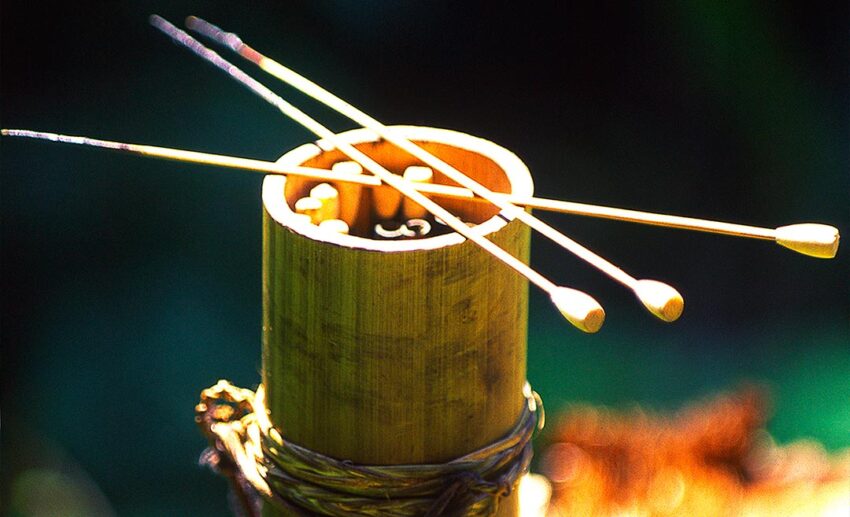
While Taman Negara will especially appeal to eco-adventurers, a visit to the park can be as relaxed or as energetic as visitors like.
Taman Negara travel tips
Getting there: Most visitors drive directly to the village of Kuala Tahan and then cross the river by boat into the park. Alternatively, they travel to Kuala Tembeling for the boat journey. The 230-km road journey from Kuala Lumpur to Kuala Tembeling (via Jerantut) takes about four hours. The nearest railway station is Jerantut, and from here, local travel agents can arrange transfers to the park.
Where to stay: Mutiara Taman Negara Resort
Entry: Visitors must purchase a permit to access the park (RM1) and an additional RM5 for photography using a camera or smartphone.
Best time to visit: Visiting the park can be seasonal, with most rain falling between November and February. Anytime between March and mid-October is optimal.
All images are by the author unless mentioned otherwise.
